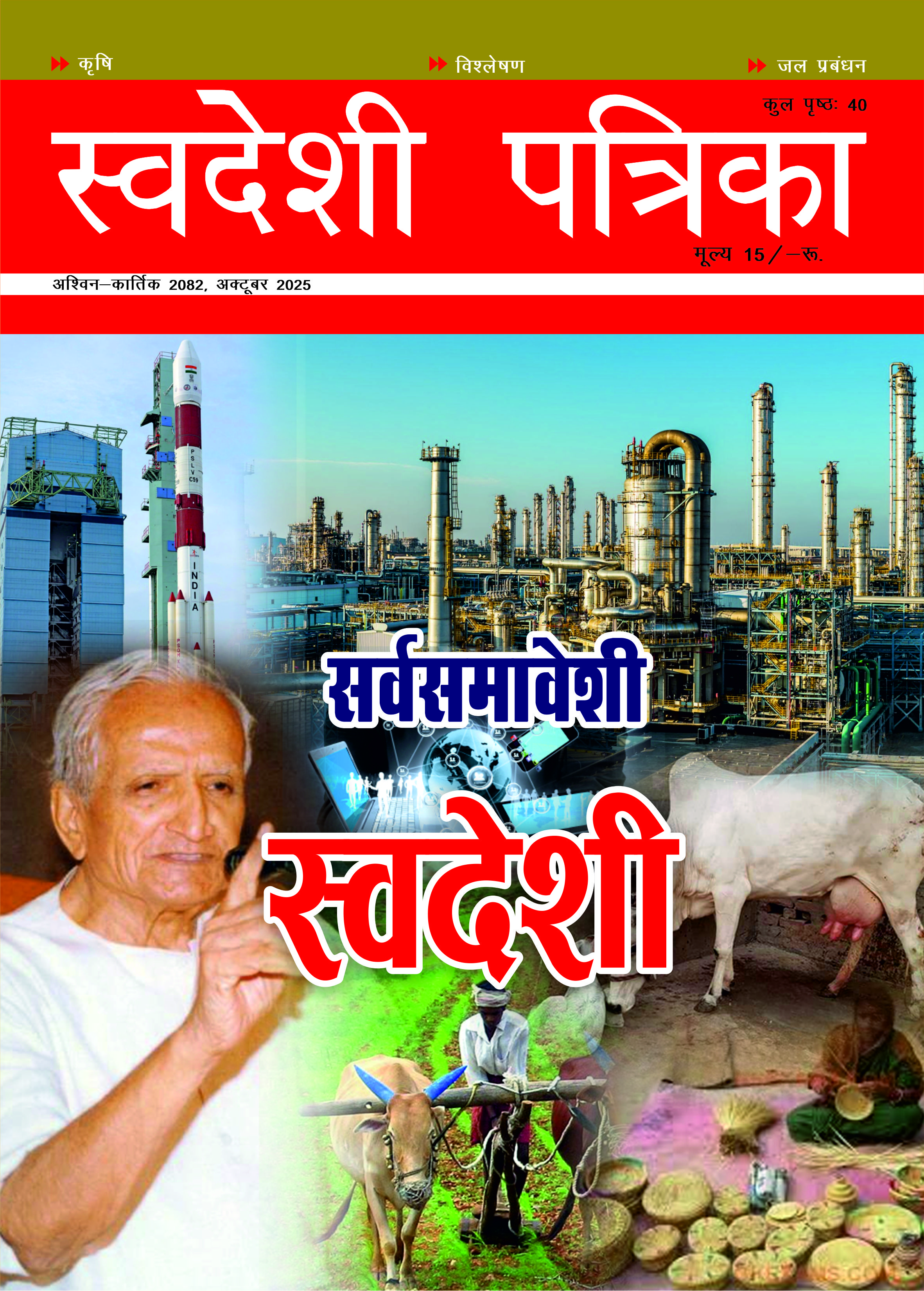
Matallurgy in Ancient India (Part-4)
Statues of Nataraja and Vishnu were cast during the reign of the imperial Chola dynasty (200–1279) in the 9th century. — Prof. Nandini Sinha Kapur
The Rasaratna Samuccaya (16th century CE) explains the existence of two types of ores for zinc metal, one of which is ideal for metal extraction while the other is used for medicinal purpose. Indian metallurgy under the Mughal emperor Akbar (reign: 1556–1605) produced excellent small firearms. Gommans (2002) holds that Mughal handguns were probably stronger and more accurate than their European counterparts. Srivastava and Alam (2008) comment on Indian coinage of the Mughal Empire (established: April 21, 1526 - ended: September 21, 1857) during Akbar’s regime.
Akbar reformed Mughal currency to make it one of the best known of its time. The new regime possessed a fully functioning trimetallic (silver, copper, and gold) currency, with an open minting system in which anyone willing to pay the minting charges could bring metal or old or foreign coin to the mint and have it struck. All monetary exchanges were, however, expressed in copper coins in Akbar’s time. In the 17th century, following the silver influx from the New World, silver rupee with new fractional denominations replaced the copper coin as a common medium of circulation. Akbar’s aim was to establish a uniform coinage throughout his empire; some coins of the old regime and regional kingdoms also continued.
Statues of Nataraja and Vishnu were cast during the reign of the imperial Chola dynasty (200–1279) in the 9th century. The casting could involve a mixture of five metals: copper, zinc, tin, gold, and silver. Considered great feat in metallurgy, the hollow, Seamless, celestial globe was invented in Kashmir by Ali Kashmiri ibn Luqman in 998 AH (1589-90 CE), and twenty other such globes were later produced in Lahore and Kashmir during the Mughal Empire. These Indian metallurgists pioneered the method of lost-wax casting, and disguised plugs, in order to produce these globes.
6 Periods of Chemistry in Ancient And Medieval India History
Period Developments and Contributions Key Figures
Indus Valley Civilization (2600–1900 BCE) Early metallurgical knowledge; use of metal alloys like bronze. Not recorded
Vedic period (1500–600 BCE) Discovery of atomic theory; conceptualisation of five Maharishi Kanada
basic elements– earth, air, fire, water, and ether.
Later Vedic era & the age of Further exploration of atomic theory; concept of the connection Pakudha Kaccâyana
the Buddha (600–200 BCE) between life and the universe (cosmology).
Classical Hinduism Development of alchemy; early research of medicinal plants Nagarjuna
(200 BCE–1100 CE) and healing substances; creation of “rasashastra” – a branch
of Ayurveda about minerals and metals.
Medieval India (1100–1700 CE) Advancements in medicinal chemistry and metallurgy; Raseshwar
creation of standardized procedures for medicinal chemistry.
Mughal and British Era Evolution and influence of Indian chemistry on western world; Acharya Prafulla
(1700–1947 CE) introduction of European chemical knowledge into India. Chandra Ray
Native arms production
The first iron-cased and metal-cylinder rockets (Mysorean rockets) were developed by the Mysorean army of the South Indian Kingdom of Mysore in the 1780s. The Mysoreans successfully used these iron-cased rockets against the Presidency armies of the East India Company during the Anglo-Mysore Wars.
History of Chemistry in Ancient And Medieval India: Overview
The history of chemistry in ancient and medieval India is a significant part of the world’s scientific legacy. Indian chemists made significant contributions, including the development of metallurgy, medicines, and the concept of zero and the decimal system. Advancements in Indian chemistry also had significant economic implications, like the production of dyes, spices, and steel. Chemistry in ancient and medieval India was deeply intertwined with other branches of science like alchemy, medicine, and botany. The Vedic period marked the beginning of chemistry in India, with the Rigveda mentioning the use of metals and minerals.
The Ayurvedic system of medicine also relied heavily on botanical and mineral compounds, highlighting the mastery of Indian chemists in extracting, purifying, and using these substances.
Indian chemists during the Vedic period discovered various metals like gold, silver, tin, and lead and understood their properties.
The Ayurvedic system of medicine used complex chemical procedures to prepare drugs from plant and mineral resources. Indian chemists also developed the process of fermentation and distillation. The technique of purifying and hardening steel, known as ‘wootz’ steel, was also a significant contribution from Indian chemists.
The knowledge of Indian chemists was disseminated throughout the ancient world via the trade routes. For instance, India’s steel-making technology was exported to the Middle East and Europe, influencing the global steel industry, while the Ayurvedic system of medicine continues to be revered worldwide for its holistic approach to health. Indian chemistry’s rich history has not only contributed to modern science but also showcases the scientific temper of ancient and medieval India.
History of Chemistry in Ancient India
Ancient india has a rich history when it comes to the field of chemistry. In this section, we will explore the origins of chemistry in ancient india, the influence of vedic texts on chemical knowledge, and the role of alchemy during this period.
Origins of Chemistry in Ancient India
The knowledge and practice of chemistry in ancient india can be traced back to the indus valley civilization, which flourished around 2500 bce. Here are some key points about the origins of chemistry in ancient india:
- Ancient indians were well-versed in the extraction and purification of metals such as gold, silver, copper, and iron.
- The development of metallurgy in ancient india played a crucial role in the advancement of chemical knowledge.
- The ancient indians had a deep understanding of chemical properties and processes, which they applied in various industries such as medicine, textiles & agriculture.
Influence of Vedic Texts on Chemical Knowledge
The vedic texts, composed between 1500 bce and 500 bce, hold significant importance in the development of chemical knowledge in ancient india.
Here are a few ways in which vedic texts influenced this field:
- The rigveda, one of the oldest vedic texts, contains references to the utilization of metals and their properties.
- The atharvaveda, another important vedic text, includes verses on the preparation and application of medicinal substances.
- The upanishads, philosophical texts associated with the vedas, explore the concept of the five basic elements (fire, water, earth, air, and ether) and their relationship with chemistry.
Role of Alchemy in Ancient India
Alchemy, known as rasashastra in ancient india, played a crucial role in the development of chemistry. Here are some key points about the role of alchemy during this period:
- Alchemists in ancient india aimed to transform base metals into noble ones and sought the elixir of life through various chemical processes.
- Ancient indian alchemists developed elaborate laboratory techniques, apparatus, and procedures for chemical experiments.
- They focused on the purification of minerals, distillation, preparation of metallic alloys, and the synthesis of medicines using natural substances.
The history of chemistry in ancient india is a testament to the rich scientific knowledge and advancements achieved during that period. The origins of chemistry can be traced back to the indus valley civilization, while the influence of vedic texts and the role of alchemy further propelled its growth.
The contributions made by ancient indian chemists laid the foundation for future scientific discoveries and continue to inspire the field till this day.
(To be continued ....)


